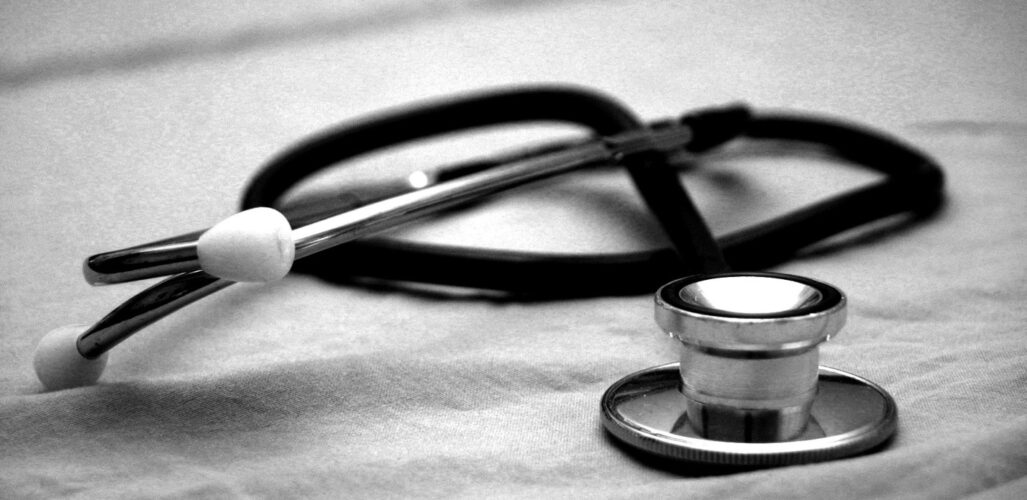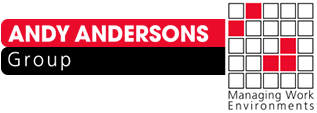-
admin@andyandersons.net.au
Send mail
-
Call Anytime (03) 9988 1228
-
Unit 2/44-48 Lock Ave,
Werribee VIC 3030, Australia -
- Welcome to our Andy Andersons Group!

Cleaning medical centers is a crucial task that requires specialized knowledge and strict safety protocols. Cleaning professionals in these environments face unique challenges and potential risks that can impact their health and well-being. In this blog post, we will explore the top 10 most common risks associated with cleaning in medical centers and provide strategies to mitigate these hazards.
- Exposure to Infectious Diseases
A primary risk for cleaning professionals in medical centers is exposure to infectious diseases. These can include viruses, bacteria, and fungi that can be transmitted through contact with contaminated surfaces, bodily fluids, or medical waste. Mitigation strategies include using appropriate personal protective equipment (PPE) such as gloves, masks, and gowns. Additionally, adhering to strict hygiene practices, including thorough handwashing and proper disposal of contaminated materials, can significantly reduce the likelihood of infection.
- Slips, Trips, and Falls
Wet floors, uneven surfaces, and clutter can lead to slips, trips, and falls, common hazards in medical centers. These incidents can result in serious injuries, such as sprains, fractures, or head trauma. Implementing a comprehensive cleaning schedule that includes the prompt removal of spills and clutter, as well as using warning signs to indicate wet floors, can help prevent such accidents. Moreover, providing non-slip footwear to cleaning staff can further enhance their safety.
- Chemical Exposure
Cleaning products used in medical centers often contain harsh chemicals that can be harmful if not handled properly. Exposure to these chemicals can cause skin irritation, respiratory problems, or even long-term health issues. To mitigate this risk, it is crucial to provide training on the safe use and handling of cleaning chemicals. Using less toxic alternatives and ensuring proper ventilation in areas where chemicals are used can also reduce the potential for harmful exposure. Additionally, providing appropriate PPE, such as gloves and masks, can protect workers from direct contact with hazardous substances.
- Musculoskeletal Disorders
Repetitive motions, heavy lifting, and awkward postures can lead to musculoskeletal disorders (MSDs), such as back pain, neck strain, or carpal tunnel syndrome. These conditions can be exacerbated by the physical demands of cleaning tasks. To prevent MSDs, it is important to provide ergonomic training and tools that minimize strain on the body. Encouraging regular breaks and implementing job rotation can help reduce repetitive strain. Additionally, proper lifting techniques and the use of mechanical aids, such as carts or lift-assist devices, can alleviate the physical burden on cleaning staff.
- Sharps Injuries
Cleaning professionals may encounter used needles, scalpels, or other sharp objects while cleaning medical facilities. Accidental needle sticks or cuts can lead to serious infections or bloodborne diseases. To reduce the risk of sharps injuries, it is vital to provide proper training on the safe handling and disposal of sharp objects. Using puncture-resistant gloves and ensuring that sharps containers are readily available and appropriately labeled can also help protect workers. Additionally, implementing a clear protocol for reporting and responding to sharps injuries is essential for prompt medical evaluation and treatment.
- Lack of Training or Supervision
Inadequate training or supervision can lead to unsafe work practices, improper use of equipment or chemicals, and a lack of awareness of potential risks. To address this issue, comprehensive training programs should be provided to all cleaning staff, covering topics such as infection control, chemical safety, and emergency procedures. Regular supervision and ongoing professional development opportunities can help ensure that workers remain knowledgeable and vigilant about safety protocols. Establishing a culture of safety within the organization, where employees feel empowered to report hazards and suggest improvements, can also contribute to a safer work environment.
Cleaning in medical centers is a challenging and often hazardous task that requires specialized knowledge and strict safety protocols. By understanding the top risks associated with this work and implementing effective strategies to mitigate these hazards, cleaning professionals can create a safer work environment and protect their health and well-being. At Andy Andersons Group, we prioritize safety and provide comprehensive training and support to our cleaning professionals to ensure they can work effectively and confidently in medical centers.
Picture Credit: Hush Naidoo Jade Photography
